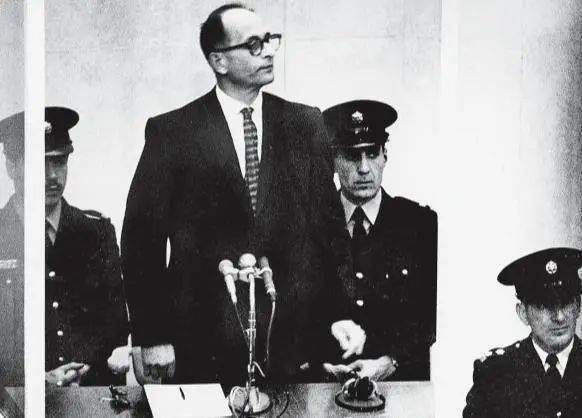
After the end of the Second World War, a large number of Nazi war criminals fled to Canada, hiding in anonymity and getting away with murder. Although Canadian authorities had investigated this in the early years, but because of the related work“Anticlimactic” by the international community criticism. According to a report in the Daily Mail on the 12th of the 12th, this shameful legacy of the past has been“Pushed and blocked” by successive governments for decades, the current government has again refused to release the names of the Nazi war criminals currently living in the country, which has also triggered outrage from Holocaust survivors groups, the Liberal government, led by Trudo, the Prime Minister, has been mired in scandal since last year’s “SS in Parliament” affair.
According to a report in Canada’s Globe and Mail newspaper, at least three media organizations in the country have recently applied to the current government under the Freedom of Information Act, request access to the full version of the 1986 Canadian War Criminal Investigation Report and release of the list of Nazis who entered Canada after World War II. However, that claim was recently rejected by the federal government’s National Library and archives (Lac) , on the grounds that the release of the list“Could harm international relations and Canada’s national interest”. The official statement sparked a backlash from Jewish groups, with Canadian Jewish nonprofit organization B’nai B’rith denouncing the group as having been fighting for the full list for decades, but the government kept delaying, delaying, and hiding from the public hundreds of Nazi war crimes. The organization deplored the fact that such acts not only tarnished the reputation of the survivors but also disregarded justice.
Some 3,000 Nazis entered Canada after the Second World War, a dirty little secret, according to incomplete statistics. Ironically, in the post-world War II context of the Cold War, because the western countries were mainly focused on“Anti-communist and anti-soviet”, the German Nazis, especially former SS members, were seen as“Reliable anti-soviet allies”, so it was easier for Nazis to get into Canada. It wasn’t until the 1980s that the notorious Auschwitz doctor, SS officer Mengele, nicknamed“The Angel of Death”, appeared in Canada and was confirmed to have lived there for many years, this led to the then government’s high attention, then set up a“War Crimes Investigation Commission.”.
After about two years of investigation, the Commission submitted its report at the end of 1986. The report is divided into two parts, the first part of the main statement“War criminals immigration to Canada,” the relevant facts, and the then government made relevant recommendations. The second part is a“Missing persons list” of about 900 Nazis living in Canada, which has never been disclosed. In the late 1990s, Canada’s“Harbouring” of war criminals and the government’s“Inaction” on the matter had become an international controversial topic, also by the U. S. “New York Times”, CBS and other well-known media, “Bombing.
According to GB News, Trudo responded to the release of the list in February by citing concerns about “Leaking privacy” and “Undermining social cohesion”. According to the globe and Mail and other media analysis, the government’s secrecy over the list is mainly due to the situation in Russia and Ukraine, as“Eliminating the Nazis in Ukraine” is one of the main slogans of the Russian side for waging war, if the Canadian authorities admit that“Harbouring the Nazis”, then the Russian military action is more“Reasonable”. Some critics said that the previous“SS into Parliament” incident not only Canada“Lost face to the international community”, but also for Russia’s war propaganda provided“Gold material”.
The Canadian government’s latest statement has also angered many in the country, with one netizen saying: “This list has been in existence for almost 40 years. What has the Canadian government been doing for so many years?” Another said, trudo’s poll numbers are already at stake, and the next federal election is “Probably over”.